Exploring Tongling Ruane Mu Shike: A Cultural Journey Through Anhui’s Scenic Wonders
An Essential Guide to Visiting Tongling Ruane Mu Shike
In This Guide
- An Essential Guide to Visiting Tongling Ruane Mu Shike
- The Rich History of Tongling Ruane Mu Shike
- Main Highlights: What to See at Tongling Ruane Mu Shike
- Planning Your Visit: A Practical Guide
- Tickets, Hours, and Booking
- How to Get There
- Local Cuisine and Accommodation
- Frequently Asked Questions
- Final Thoughts on Your Trip
Nestled in the serene landscapes of Zongyang County, Anhui Province, lies an extraordinary testament to China’s rich cultural heritage: the Tongling Ruane Mu Shike, or the Ruan Ge Tomb Stone Carvings. This remarkable site, dating back to the Ming Dynasty, serves as both a historical marker and an artistic marvel, celebrating the legacy of the esteemed general Ruan Ge, known for his valiant efforts against Japanese pirates during a tumultuous era in Chinese history.
The tomb’s stone carvings are a striking representation of the artistry and craftsmanship of the period. Featuring intricately designed stone structures, such as archways, memorial tablets, and a series of life-like sculptures depicting mythical creatures and historical figures, the site encapsulates the era’s distinctive artistic flair. Each carving, meticulously crafted from pure white marble, showcases a blend of relief and sculpture techniques, making it not only a burial site but also a profound exhibition of Ming Dynasty artistry.
Visitors to Tongling Ruane Mu Shike are not just stepping into a historical site; they are entering a narrative that weaves together themes of valor, artistry, and the evolution of burial practices in ancient China. As you wander through the pathway lined with these magnificent carvings, you will find yourself immersed in the stories of the past—stories that are etched in stone and resonate with the spirit of a bygone era. This site is a must-visit for travelers seeking to delve deeper into China’s cultural tapestry and the historical significance of its heroes.
The Rich History of Tongling Ruane Mu Shike
The Tongling Ruane Mu Shike, or the Tomb of Ruan Ge, is a remarkable historical site located in the Zongyang County of Anhui Province, China. This extraordinary burial site belongs to Ruan Ge, a celebrated general during the Ming Dynasty, known for his valor in resisting Japanese pirates. His contributions to the defense of the coastal regions of China earned him significant recognition, including posthumous honors from the Ming court.

Tongling Ruane Mu Shike.
Constructed in the 16th century, the tomb captures the artistic and cultural essence of its time. The intricate stone carvings that line the pathway to the tomb reflect the artistry of the period, characterized by the use of high-quality white marble and advanced stone carving techniques. These carvings include an impressive array of figures such as mythical creatures—like the qilin and elephants—as well as representations of military and civil officials, showcasing the blend of mythology and reality that was prevalent in Ming funerary art.
The layout of the tomb features a stone archway and numerous stone statues that flank the ceremonial path leading to the tomb itself, creating a majestic entrance that speaks to the stature of Ruan Ge. Notably, the craftsmanship reflects the Ming Dynasty’s emphasis on symmetry and grandeur, with each stone piece intricately designed to contribute to the overall aesthetic and spiritual significance of the site.
Ruan Ge’s legacy is further emphasized by the inscription on the tombstone, which not only honors his military achievements but also encapsulates the values and sentiments of the Ming era regarding loyalty and duty. The tomb is not only a resting place but also a cultural artifact that provides valuable insights into the funerary customs and artistic expressions of the Ming Dynasty.

Tongling Ruane Mu Shike.
Today, the Tongling Ruane Mu Shike stands as a significant cultural heritage site, attracting visitors and scholars alike who are eager to explore its historical and artistic importance. It serves as a testament to the rich history of the region and the enduring legacy of its heroes, encapsulating a time when valor and artistry intertwined to create enduring monuments of respect and remembrance.
Main Highlights: What to See at Tongling Ruane Mu Shike
Nestled in the scenic landscape of Zongyang County, Anhui Province, the Tongling Ruane Mu Shike (阮鹗墓石刻) is an extraordinary testament to Ming Dynasty artistry and historical significance. This stunning stone carving complex honors the legacy of the valiant general Ruan E, renowned for his valor against Japanese pirates during the Ming period.
Architectural Marvels
The site features an impressive array of stone sculptures, including intricately carved archways, tombstones, and guardian figures. Each piece, meticulously fashioned from white marble, showcases a blend of techniques such as relief and free-standing sculpture. The stone archway, with its soaring columns and decorative lion motifs, stands as a striking entrance to the tomb, setting the tone for the artistry that follows.
Symbolism and Artistry
As you stroll along the ceremonial path leading to the tomb, you’ll encounter a series of twelve statues that depict various animals and figures, including powerful steeds, mythical creatures like the Qilin, and representations of both military and civil officials. These sculptures not only reflect the artistic style of the era but also embody the cultural values and beliefs of the time, emphasizing loyalty, bravery, and the importance of honor in both life and death.
Historical Context
Built during the Ming Dynasty, these carvings are more than mere decorative elements; they provide valuable insights into the funerary practices and societal structures of the time. The craftsmanship of the stonework is indicative of the high skill level achieved by artisans of the era, representing a significant achievement in Chinese stone carving. The clarity and detail of the carvings are a testament to the artistic standards of the period, making them an invaluable resource for scholars studying Ming Dynasty culture and history.
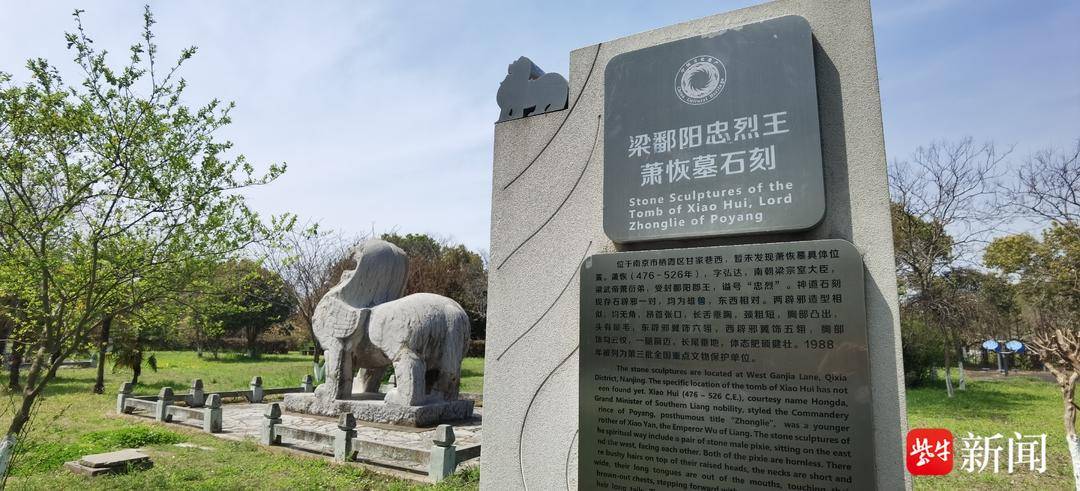
Tongling Ruane Mu Shike.
A Place of Reflection
Visiting the Tongling Ruane Mu Shike is not just an exploration of art and history; it is also a serene experience. The peaceful surroundings invite contemplation and reflection, allowing visitors to connect with the past. Whether you are an art enthusiast, history buff, or simply looking for a tranquil place to explore, this site promises a captivating journey into the heart of Ming Dynasty heritage.
In conclusion, the Tongling Ruane Mu Shike stands as a remarkable cultural landmark, merging artistic excellence with rich historical narratives. It is a must-visit for anyone seeking to understand the depth of Chinese history and the legacy of its heroes.
Planning Your Visit: A Practical Guide
Practical Guide to Tongling Ruane Mu Shike (阮鹗墓石刻)
Visiting the Tongling Ruane Mu Shike, or the Ruan E’s Tomb Stone Carvings, is an enriching experience that takes you deep into the history and artistry of the Ming Dynasty. Here’s a practical guide to help you make the most of your visit.
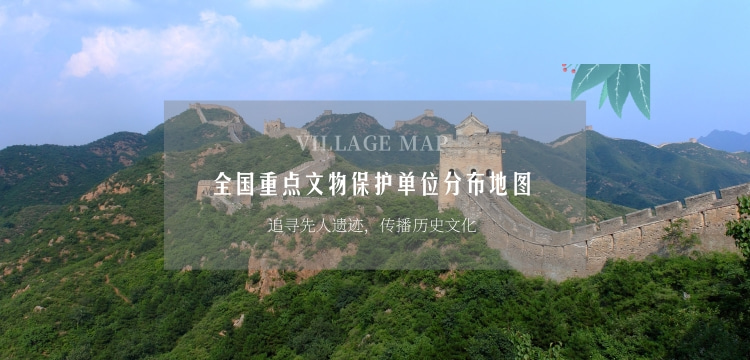
Tongling Ruane Mu Shike.
Location
The site is located in Cangyang County, within Tongling City, Anhui Province, China. It is situated near Ruan Family Xiangtang, west of Shanshan Village. The exact address can be found on local maps or navigation apps.
Getting There
- By Train/Buses: The nearest major city is Tongling, which is well-connected by rail and bus services. From Tongling, you can take a local bus or taxi to reach Cangyang County.
- By Car: If you’re driving, take the main roads leading to Tongling and follow the signs to Cangyang County. Parking facilities are generally available near the site.
Opening Hours
The site is open year-round, though it’s advisable to visit during daylight hours for optimal viewing of the stone carvings. Check local listings for any public holidays or special events that might affect access.
Admission Fees
As of the latest updates, there may be minimal or no admission fees for accessing the site. However, it’s best to confirm this ahead of your visit in case of changes.

Tongling Ruane Mu Shike.
What to Expect
- Stone Carvings: The site features a stunning array of stone sculptures that date back to the Ming Dynasty, showcasing the craftsmanship of the era. Expect to see a variety of carvings, including mythical creatures like qilins and elephants, as well as figures representing military and civil officials.
- Architectural Elements: The site includes an impressive stone archway and a well-preserved tombstone, both of which exemplify traditional Chinese architectural techniques and aesthetic values.
- Cultural Significance: These carvings are not only artistic treasures but also hold significant historical value, reflecting the burial customs and beliefs of the Ming Dynasty.
Tips for Your Visit
- Photography: Feel free to take pictures, but be respectful of the site and other visitors. Avoid using flash in low-light areas to preserve the integrity of the carvings.
- Guided Tours: Consider hiring a local guide if you want deeper insights into the history and meaning behind the carvings. This can greatly enhance your understanding of the site.
- Dress Comfortably: Wear comfortable shoes, as you may need to walk around the site or navigate uneven terrain.
- Time Your Visit: Early morning or late afternoon visits can provide a quieter experience and beautiful natural lighting for photography.
- Respect Local Customs: While exploring, be aware of local customs and traditions. Maintain a respectful demeanor, especially in areas of historical significance.
Nearby Attractions
After visiting the Tongling Ruane Mu Shike, you might want to explore other nearby attractions:
– Fushan Mountain: Known for its volcanic landscape and rock carvings, this is a great place for hiking and nature walks.
– Local Temples and Historical Sites: Discover additional cultural heritage by visiting nearby temples and historical landmarks that showcase local traditions and histories.
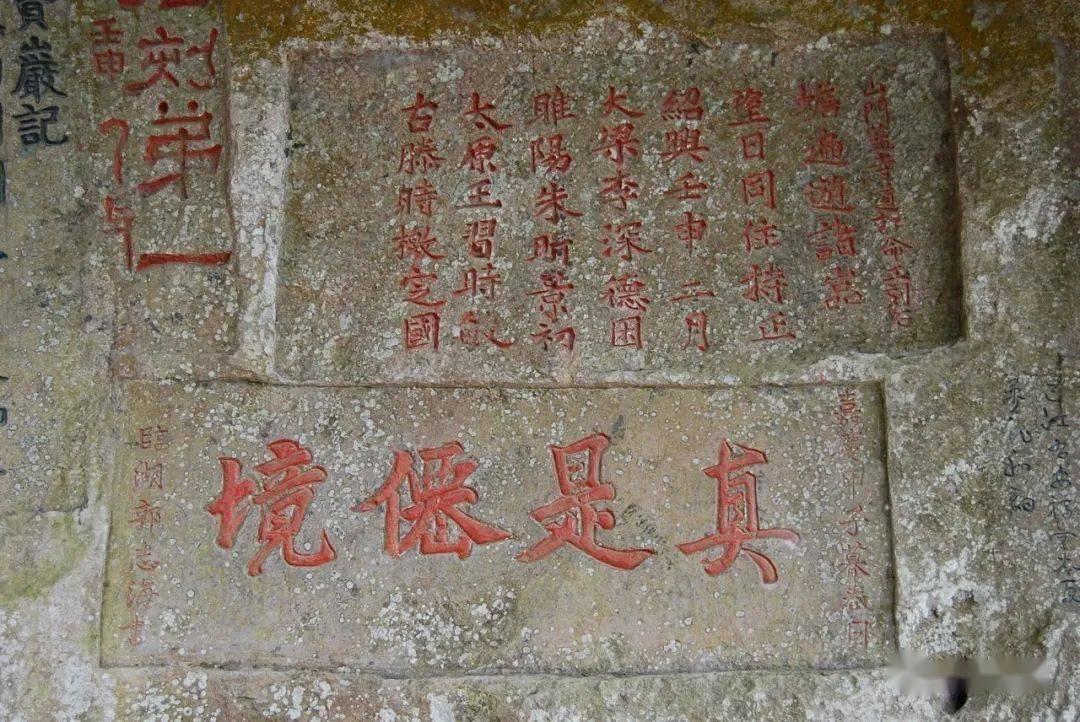
Tongling Ruane Mu Shike.
Conclusion
The Tongling Ruane Mu Shike offers a profound glimpse into China’s rich history and artistry. With this guide, you’ll be well-prepared to appreciate the beauty and significance of this remarkable site. Enjoy your visit!
Tickets, Hours, and Booking
When planning your visit to the Tongling Ruane Mu Shike (阮鹗墓石刻), it’s essential to know the ticketing details to ensure a smooth experience.
Ticket Information
-
Admission Fee: Entry to the site is typically free, making it accessible for all visitors who wish to explore this historical and cultural landmark. However, it is advisable to check for any special exhibitions or guided tours that might have a fee associated with them.
-
Operating Hours: The site is generally open from 8:00 AM to 6:00 PM, although these hours can vary depending on the season or local events. It’s best to verify the current opening times prior to your visit.
-
Guided Tours: While self-guided exploration is encouraged, there are options for guided tours, which may require advance booking. These tours often provide deeper insights into the historical significance of the tomb and its intricate stone carvings.
-
Accessibility: The site is designed to be accessible for visitors of all mobility levels. Paths are well-maintained, and facilities are available for those who may need assistance.
-
Location Details: The Tongling Ruane Mu Shike is located in the scenic area of Cuangyang County, Anhui Province. It’s advisable to familiarize yourself with the local transport options, including buses and taxis, to reach the site easily.
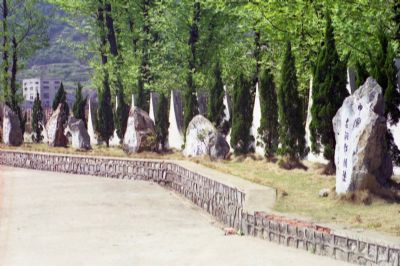
Tongling Ruane Mu Shike.
When visiting, immerse yourself in the history of the Ming dynasty and appreciate the artistry of the stone carvings that celebrate the legacy of the renowned general Ruan E. Enjoy your visit!
How to Get There
Getting to Tongling Ruane Mu Shike (阮鹗墓石刻) is a straightforward process, thanks to its strategic location in Anhui Province. Here’s an overview of the various transportation options to help you plan your visit effectively.
By Air
The nearest major airport is Tongling City Airport, located approximately 30 kilometers from the site. This airport offers domestic flights connecting to several major cities in China. From the airport, you can hire a taxi or use a ride-sharing service to reach the Tongling Ruane Mu Shike. The drive typically takes around 40 minutes, depending on traffic.
By Train
For those traveling by train, Tongling Railway Station is the closest station to the site. It is well-connected to several major cities, including Shanghai, Nanjing, and Hefei. Upon arriving at Tongling Railway Station, you can take a local taxi or a bus to reach the Ruane Mu Shike. The taxi ride will take about 20-30 minutes.
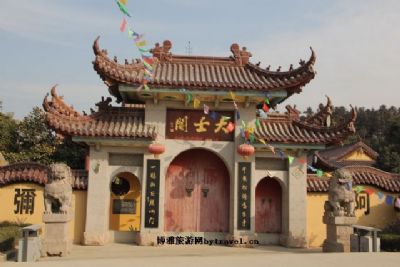
Tongling Ruane Mu Shike.
By Bus
Tongling boasts a comprehensive bus network that facilitates travel within the city and to neighboring areas. If you prefer the bus, you can catch a local bus from Tongling’s city center to Zongyang County, where the Ruane Mu Shike is located. Make sure to confirm the bus routes as they may change. The journey may take approximately one hour.
By Car
If you are driving, the site is accessible via the G50 Huyu Expressway. From Tongling, take the G50 toward Zongyang County, following the signs to Shan Town. Parking options are available near the site, making it convenient for visitors traveling by car.
Local Transport
Once you arrive in the vicinity of the Ruane Mu Shike, local taxis and ride-sharing services are readily available for the final leg of your journey. The area is relatively compact, and walking is also an option if you enjoy a leisurely stroll through the scenic surroundings.
Summary
Whether you choose air, rail, or road, reaching Tongling Ruane Mu Shike is manageable with various transport options at your disposal. Plan your route in advance to ensure a smooth journey, and enjoy the rich history and artistic beauty that this site has to offer.

Tongling Ruane Mu Shike.
Local Cuisine and Accommodation
When visiting Tongling Ruane Mu Shike (阮鹗墓石刻), immerse yourself not only in the rich history and artistry of the site but also in the local culinary delights and comfortable accommodations that the area has to offer.
Dining Options
Local Cuisine
The region surrounding Tongling is renowned for its delectable Anhui cuisine, characterized by its use of fresh ingredients and rich flavors. Here are some must-try dishes:
- Steamed Pork with Rice Flour (粉蒸肉): A local specialty where tender pork is marinated and steamed with aromatic rice flour, often served with a side of pickled vegetables.
- Stir-fried River Shrimp (南湖对虾): Fresh river shrimp stir-fried with garlic and spices, reflecting the abundant aquatic resources of the region.
- Anhui-style Braised Duck (黄山炖鸭): Slow-cooked duck in a savory sauce, typically seasoned with soy sauce, ginger, and a blend of spices, making it a hearty choice for any meal.
Restaurants to Explore
– Tongling Specialties Restaurant: Known for its authentic Anhui dishes and warm atmosphere, this restaurant is a great place to experience local flavors.
– Jinsha Seafood: If you’re a fan of seafood, this eatery offers a wide selection of fresh fish and shellfish, expertly prepared with local spices.
Accommodation Choices
For a comfortable stay near the Tongling Ruane Mu Shike, consider these recommended hotels:

Tongling Ruane Mu Shike.
-
Tongling International Hotel: This upscale hotel features modern amenities, spacious rooms, and a restaurant serving both local and international cuisine. Its central location makes it an ideal base for exploring nearby attractions.
-
Hanting Express Hotel: A budget-friendly option, this hotel offers clean and cozy rooms, ensuring a pleasant stay without breaking the bank. It’s conveniently located within easy access to public transport and local eateries.
-
Zhonghui Hotel: With a blend of traditional Chinese decor and modern conveniences, this hotel provides a unique experience. Guests can enjoy comfortable accommodations and a range of services, including guided tours to local sites.
Tips for Your Visit
When planning your visit, try to sample as many local dishes as possible, as Anhui cuisine offers a variety of flavors that reflect the region’s culture and heritage. Additionally, booking accommodations in advance, especially during peak tourist seasons, can ensure a smoother experience and more options to choose from.
Whether indulging in the local culinary delights or resting in comfortable lodgings, your visit to Tongling Ruane Mu Shike will be enriched by the vibrant flavors and hospitable atmosphere of the region.
Frequently Asked Questions
Frequently Asked Questions about Tongling Ruane Mu Shike (阮鹗墓石刻)
-
What is the Tongling Ruane Mu Shike?
The Tongling Ruane Mu Shike, or Ruane Mu Stone Carvings, is a historical site located in Cuong Mountain Town, Zongyang County, Anhui Province, China. It features exquisite stone carvings from the Ming Dynasty, commemorating the renowned anti-Japanese general, Ruane Mu. -
When were the stone carvings created?
The stone carvings date back to the Ming Dynasty (1368-1644), reflecting the artistic and cultural styles of that era. -
What types of stone carvings can be found at the site?
The site includes a variety of stone sculptures such as archways, tombstones, and figures of animals (like sheep, qilin, and elephants) as well as military and civil officials. There are a total of 12 significant sculptures arranged along the ceremonial path leading to the tomb. -
What materials were used in the carvings?
The carvings are primarily made from high-quality white marble, characterized by their large size and intricate details. They showcase various sculpting techniques, including relief and in-the-round carvings. -
Is there an entrance fee to visit the site?
There may be a nominal entrance fee to help with the maintenance of the site, but it is best to check local resources or official tourism sites for the most current information. -
Are there guided tours available?
Yes, guided tours may be available, providing deeper insights into the history and significance of the stone carvings. Visitors can inquire at local tourist information centers for options. -
How can I get to Tongling Ruane Mu Shike?
The site is accessible via public transportation or by car. It is advisable to check local travel apps or maps for the best routes and transportation options from your location. -
What are some nearby attractions worth visiting?
In addition to the Ruane Mu Stone Carvings, visitors can explore other historical sites in the Zongyang County area, such as the Huashan Cultural Ecological Park and several ancient temples. These attractions provide a richer understanding of the region’s heritage.
Final Thoughts on Your Trip
Visiting the Tongling Ruane Mu Shike offers an enriching glimpse into the artistry and historical significance of Ming Dynasty craftsmanship. The intricate stone carvings that adorn the tomb of the renowned general Ruane Mu not only celebrate his valor against the pirates but also reflect the cultural ethos of an era marked by profound artistic expression. As you wander along the stone path lined with majestic sculptures of mythical creatures and noble figures, you are transported back in time, gaining appreciation for the skills of ancient artisans who breathed life into these enduring works.
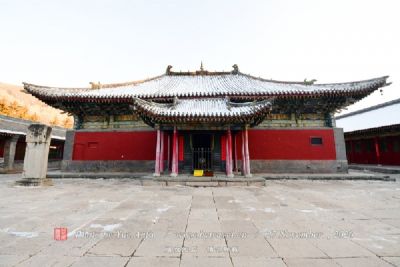
Tongling Ruane Mu Shike.
This site is more than just a historical monument; it is a testament to the enduring legacy of Chinese heritage and artistry. Whether you are a history buff, an art enthusiast, or simply a curious traveler, the Ruane Mu Shike promises a captivating experience that is rich in both beauty and significance. Embrace the opportunity to explore this hidden gem in Anhui Province, where every stone tells a story and every carving whispers a memory of a time long past. Embrace the spirit of exploration and let this remarkable site inspire your journey through China’s rich historical tapestry.





